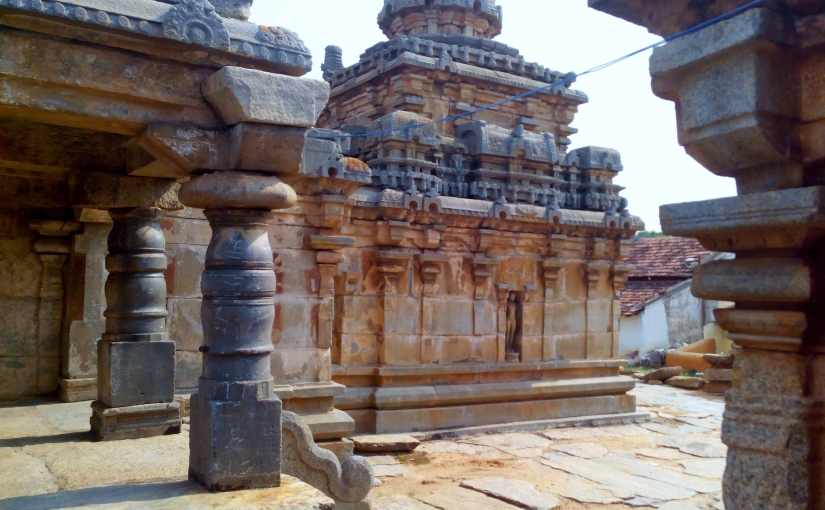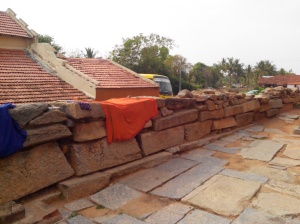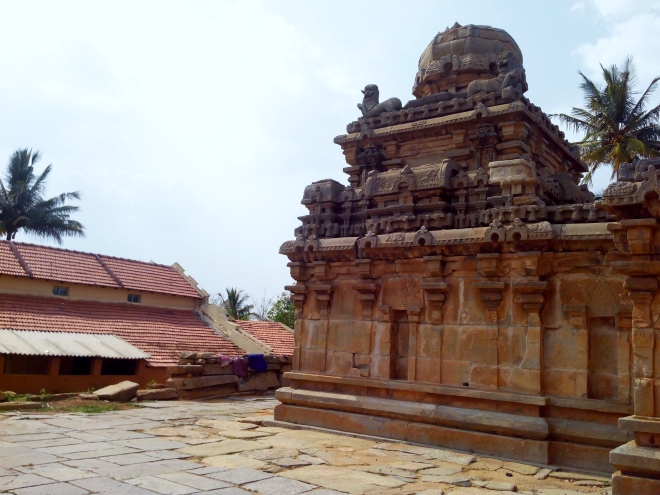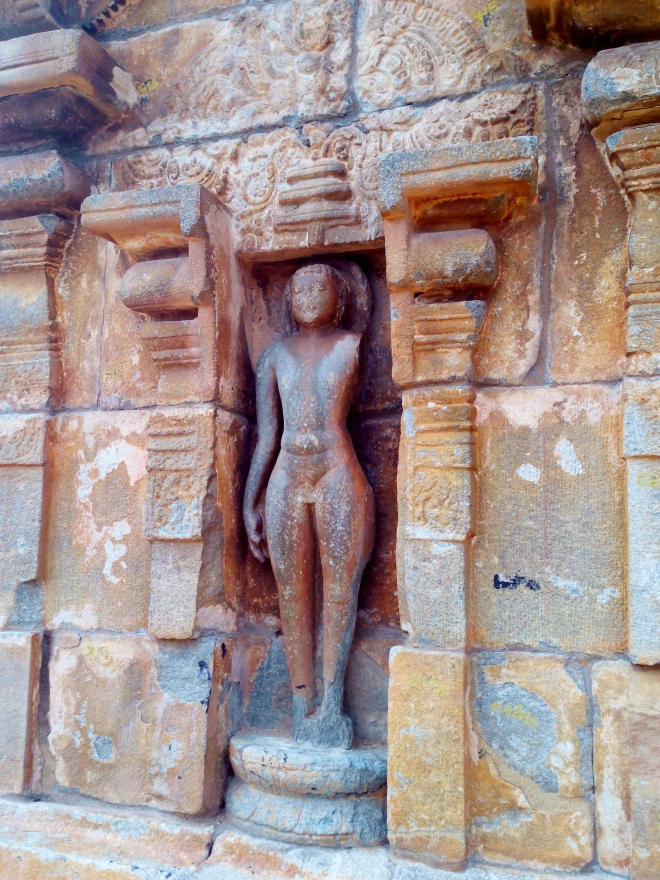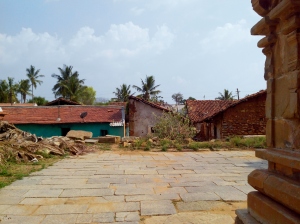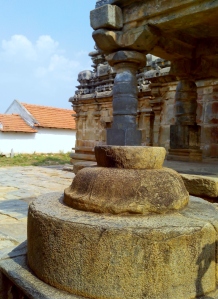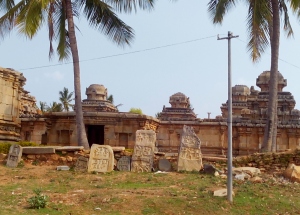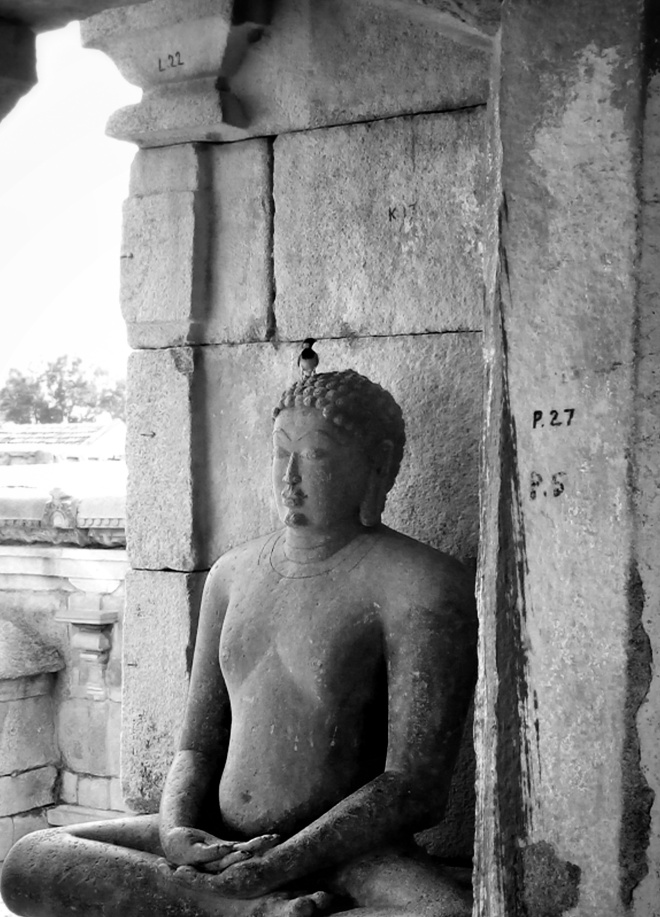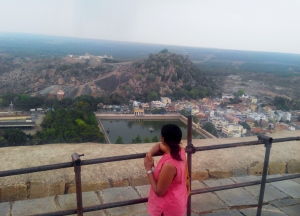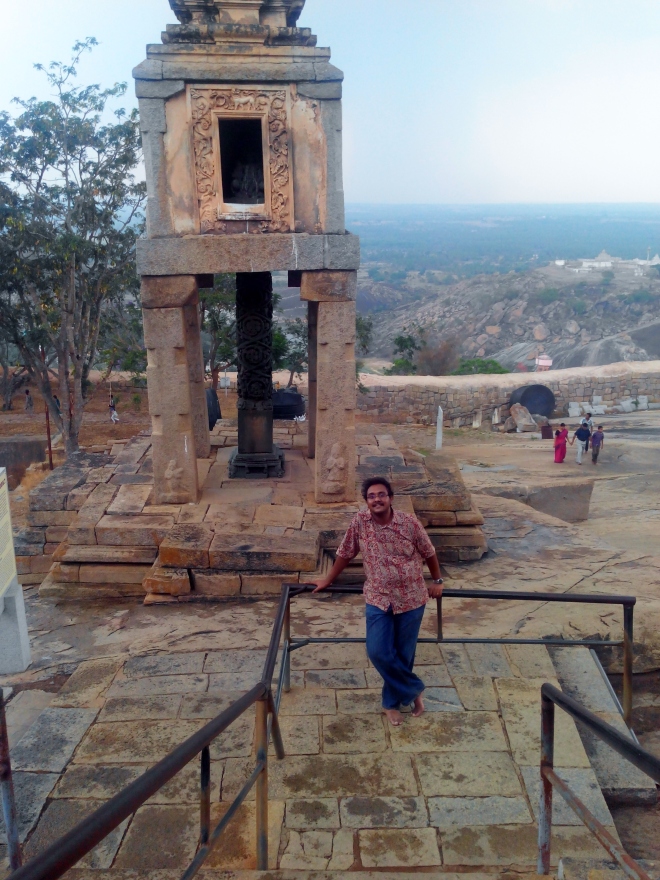Ever since I was in school, I had a fascination for places I read about in my history text books. To think that some of these places still existed, even as a shadow of what they were made me want to go there and somehow be a part of that history. When we were taken to old monuments or forts or temples, as part of school field trips or family vacations, I almost always ran my hand along the walls, along the sculptures (where I could) and imagined that at some point of time long long ago, someone probably did the exact same thing. Maybe it was it wide eyed, dreamy child in me but I thought about how different their lives at the time would’ve been, the things that were important to them, their problems back then. Though life has steered me towards a career in engineering and science, this is a part of me that I’ve always missed and am starting to now rediscover. Being away from India for a while has in way encouraged me to start looking a history in a different way, look at the details in some cases and the big picture in others. Realizing what India has to offer, I can’t wait to start exploring these forgotten and celebrated remnants of history.
I decided to start small and some digging around (both online and otherwise) led me to neglected Jain temples at Panchakuta Basadi, in the village of Kambadahalli, around 150 Kms from Bangalore. Some more reading led to me to the fact that Sravanabelagola , the site of the massive Gomateswara statue (another Jain heritage site) was around 20 Km away from here – that sealed the deal and a road trip was planned. We planned to leave around late morning but as things turned out we hit the road after an early lunch around 1230PM. The roads were fairly well maintained almost all the way (the route we took was Bangalore – Nelamangala – Kunigal – Bellur Cross – Nagamangala – Kambadahalli ) except for the last 20-25 kms which were through single lane tar roads through small villages. It was a nice change from driving through the city though and we got to see the simple and wholesome ways of rural living. Most of the smaller roads were coconut lined and it weren’t for the unseasonably high temperatures, driving with the windows down would have been added to the experience.
Reaching Kambadahalli was in itself fairly simple after asking a few people for directions (Google maps was getting a little mixed-up and also the network signal was spotty) but surprisingly few people knew Panchakuta Basadi itself. I remember reading that the village was named after the Bramhadeva Manastambha (a lofty pillar) which has a Bramha Yaksha and bells on the top – legend has it that the bells on the pillar never ring by themselves even during the strongest winds, if they ever do, it is to signal the death of someone in the village. The entire complex of the shrines that make up Panchakuta Basadi are all said to be oriented to the north, towards this pillar. There are about seven shrines which now remain (almost all made of granite) while it is said that there were around 72 temples in the vicinity when Jainism was at its prime in the area. The temple itself is made of trikuta that share a common navaranga (a pillared hypostyle hall), and a dwikuta. The central and main garba griha of this temple complex has a four-foot high black coloured stone idol of Lord Adinatha in padmasana as its main deity (Ref – http://www.newindianexpress.com/lifestyle/travel/article205964.ece) . Upon reaching there and looking around it was easy to see why few people were able to direct us to the site – the village has in a way grown up around the temple. We saw calves and roosters freely roaming in and around the compound while there were tiny kaccha housing abutting the periphery wall of the temple that people used to dry their laundry. Given the age and condition of the temple and the sculptures, it definitely deserves better care.
After looking around for a while, we set off for Sravanabelagola – which was a special part of the trip for me, after being awed by the grainy black and white picture in my textbooks. The drive of 20 Kms took almost an hour or so owing to the dirt roads in parts. When we finally got there, we could see the top of the statue from the ground but realized that we’d have to climb around 650 steps along the side of the steep Vindhyagiri hill on which the statue was, to actually see the whole sculpture. We did have some incentive since this was the largest monolithic stone statue in the world but there was also a time crunch since we had to make it to the top of the hill and back in about an hour’s time (before everything around shut down). Starting the climb was the hardest ! some steps were almost a foot high as since it just started spritzing they were also slippery. The hill itself is around 438 feet high and faces another smaller hill called the Chandragiri (around 200 feet high, which also has a temple complex on top of it). The recorded history of Jainism surrounding the hills dates back to around 300 BC and it is said the Chandragupta Maurya was one of the first to live and meditate on Chandragiri , hence the name.
The climb, though tiring, allows for amazing panoramic views of the city around with a few storm clouds rolling in, we got an unbeatable view. There are a few smaller shrines along the way and also inscriptions in both Kannada and Devanagiri which are fairly well preserved. Getting to the top and finally catching a glimpse of the statue is an experience almost like no other and it makes the climb completely worth it. Everything I’ve read, all the pictures I’ve seen do not really compare to seeing it in person – it was almost a surreal experience and to think that this was built around 978-993 A.D. is almost impossible to fathom. After a few moments of prayer and enjoying the view from the top, we started the long climb down which wasn’t as bad as climbing up but still took a good deal of effort. We finished off the trip with a quick bite to eat at one of the hotels on the highway and reached home still talking about all that we saw.
